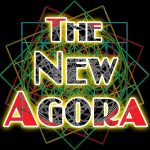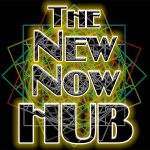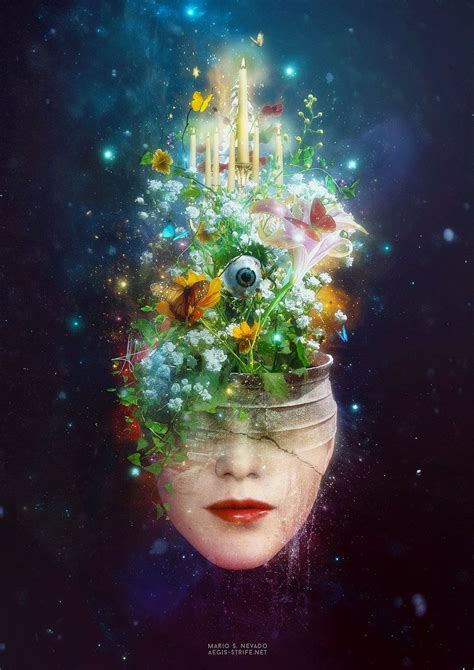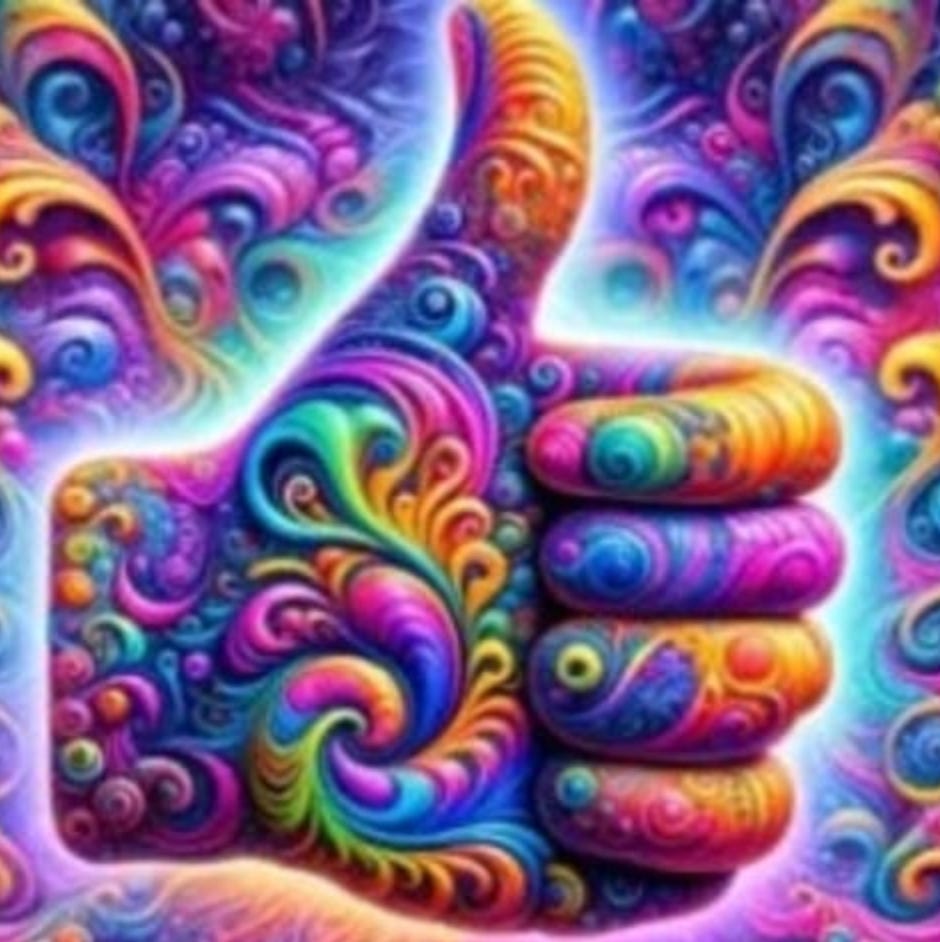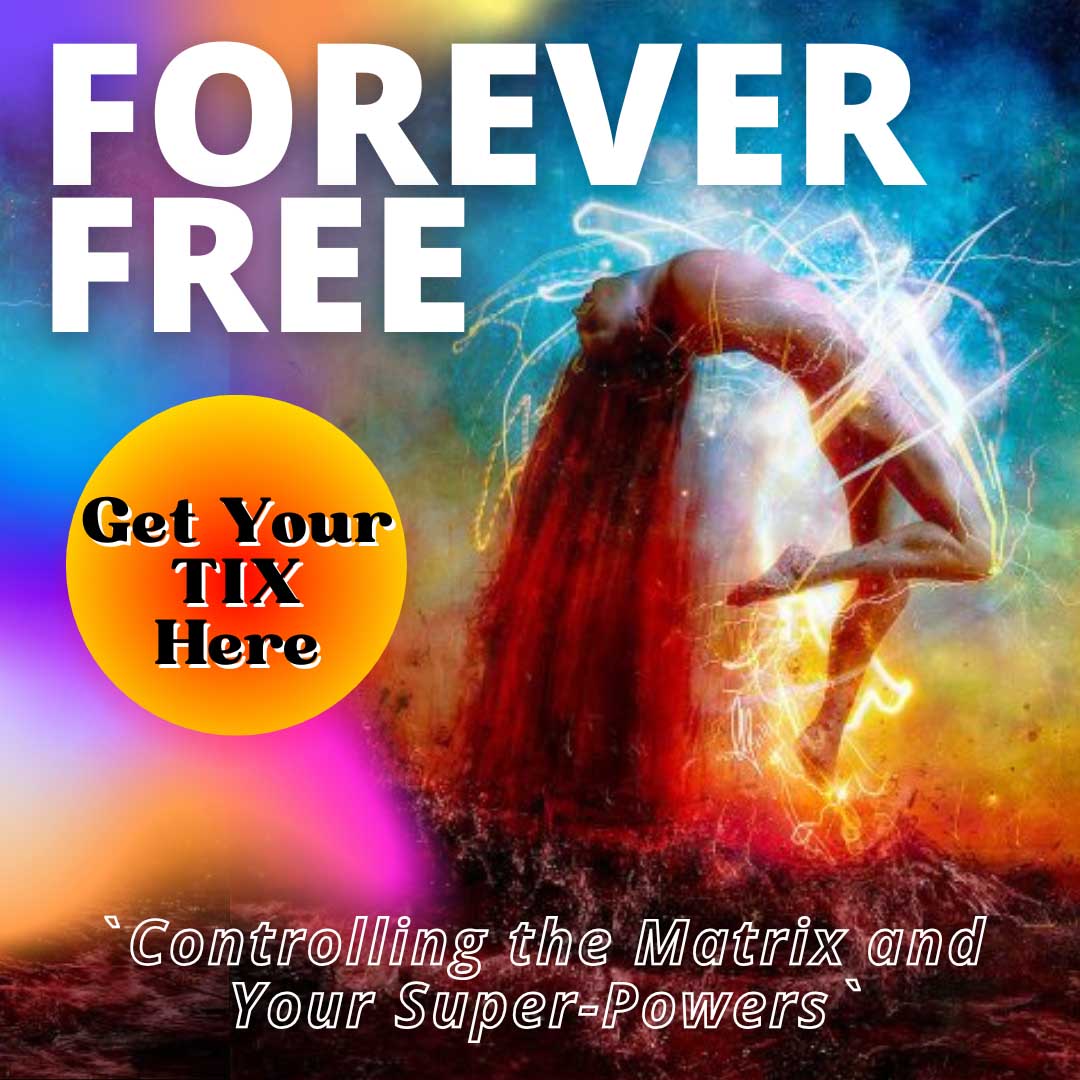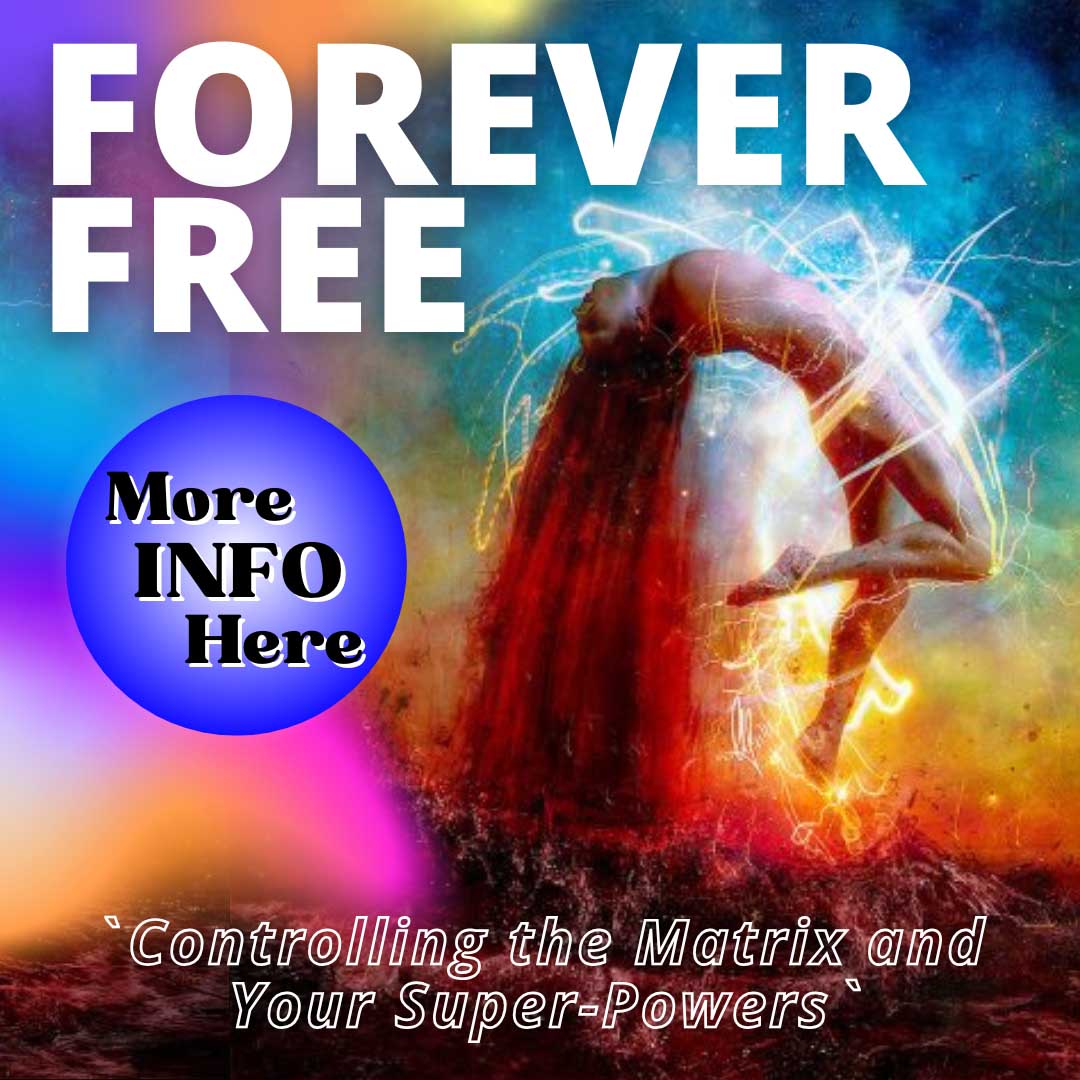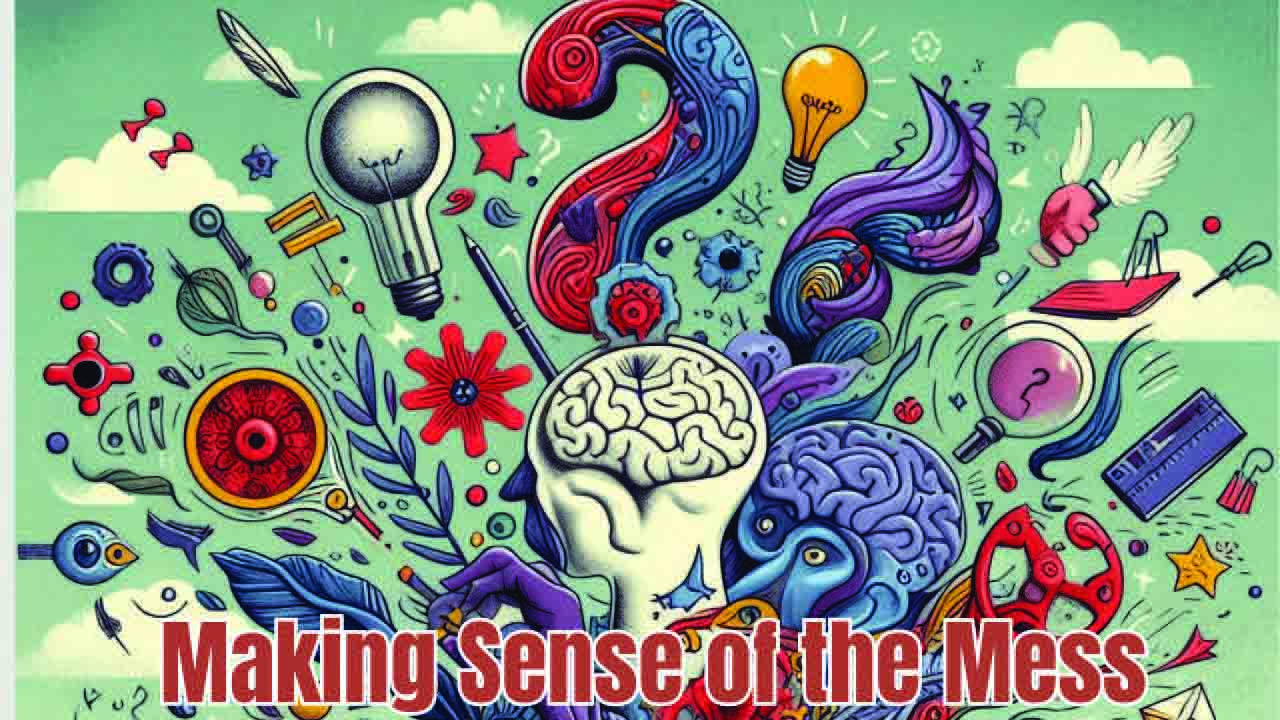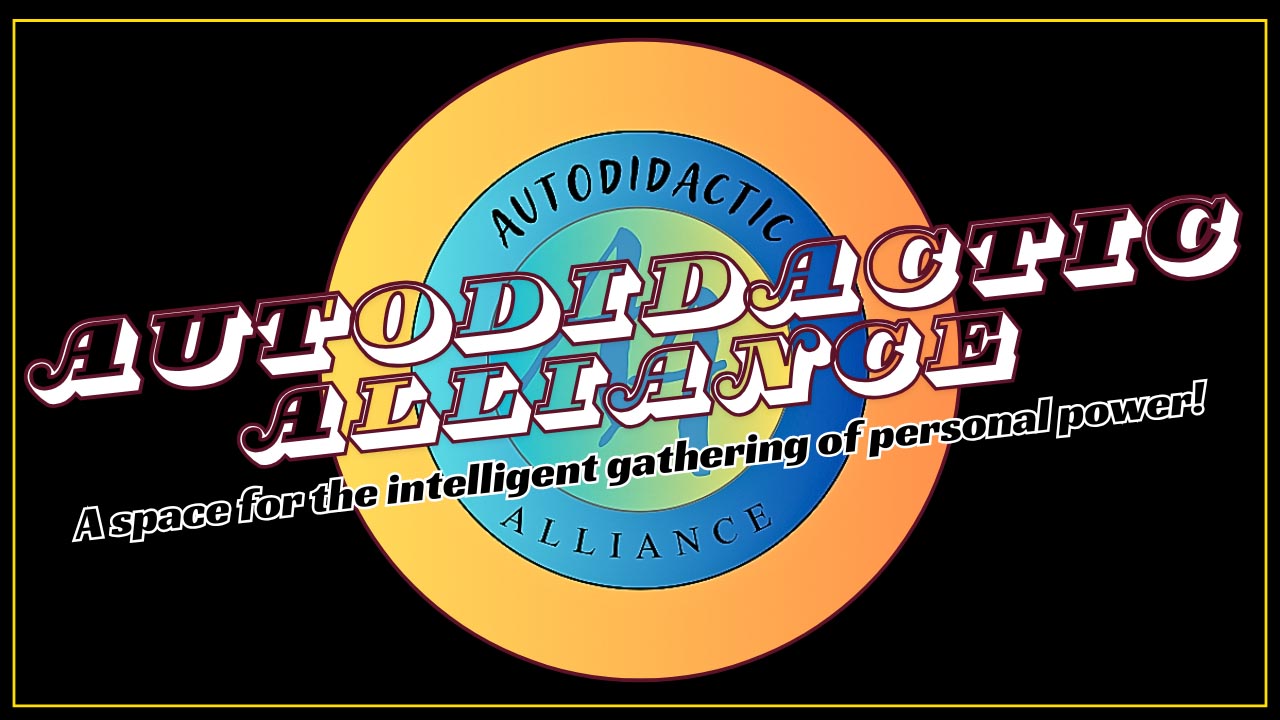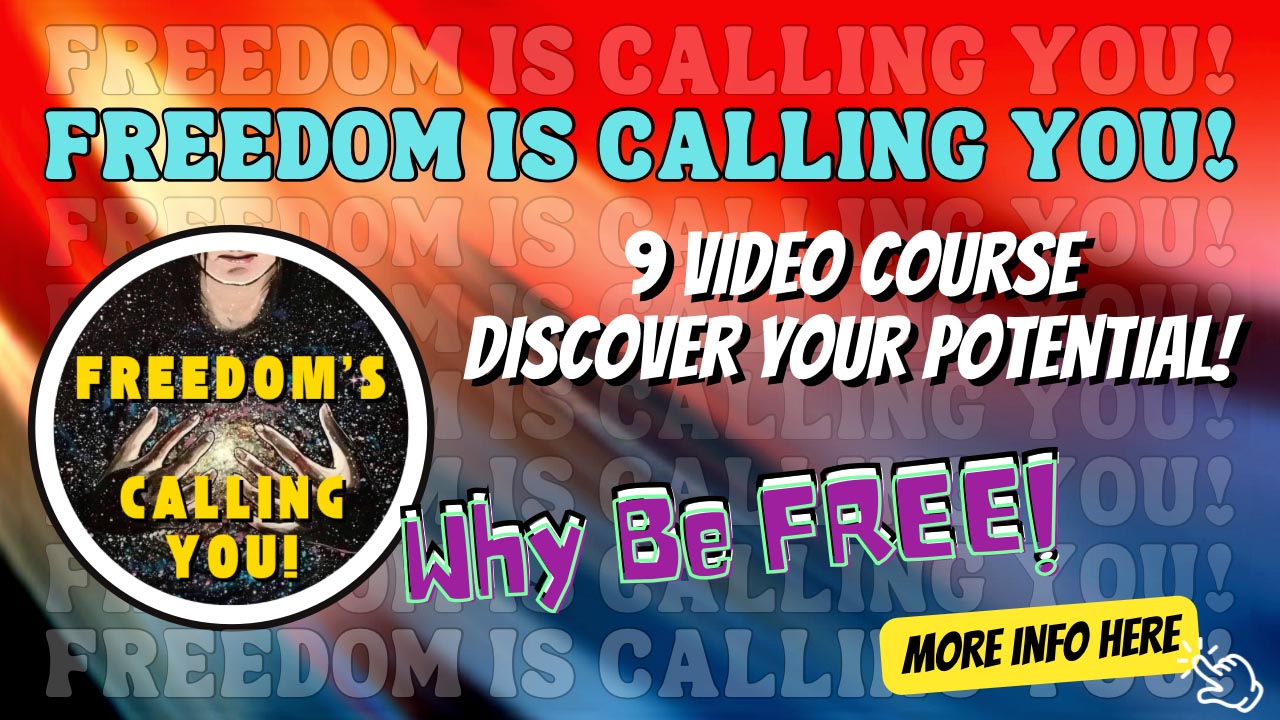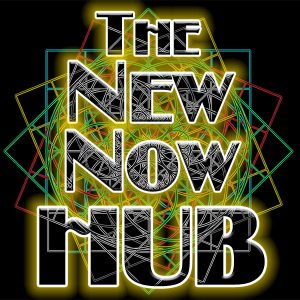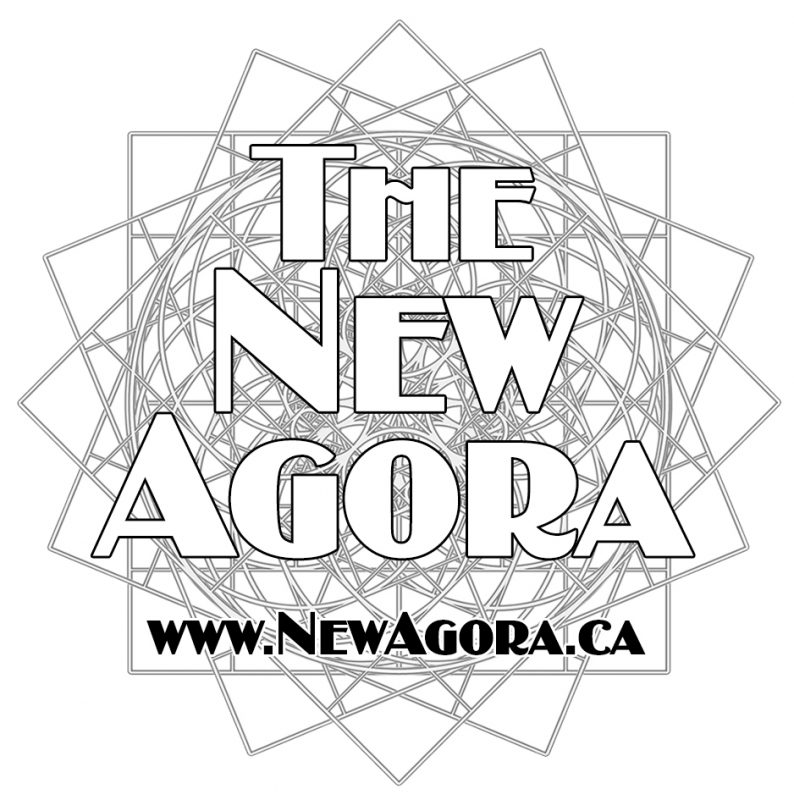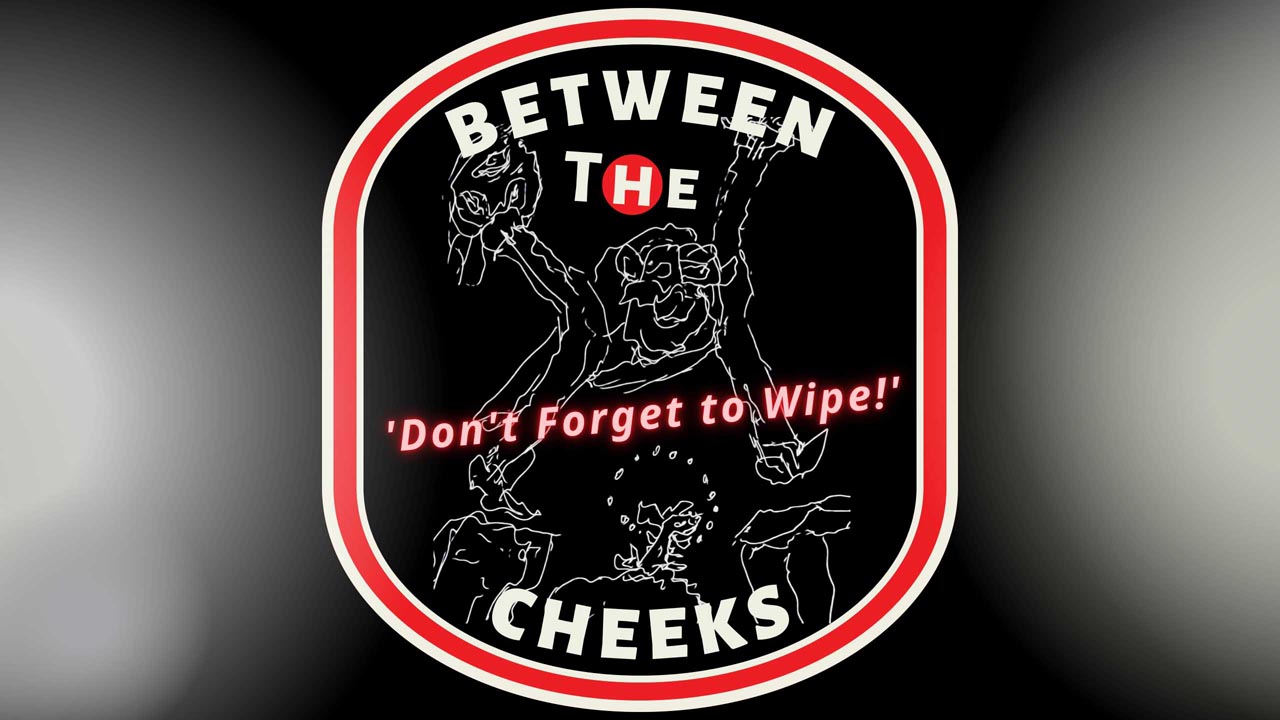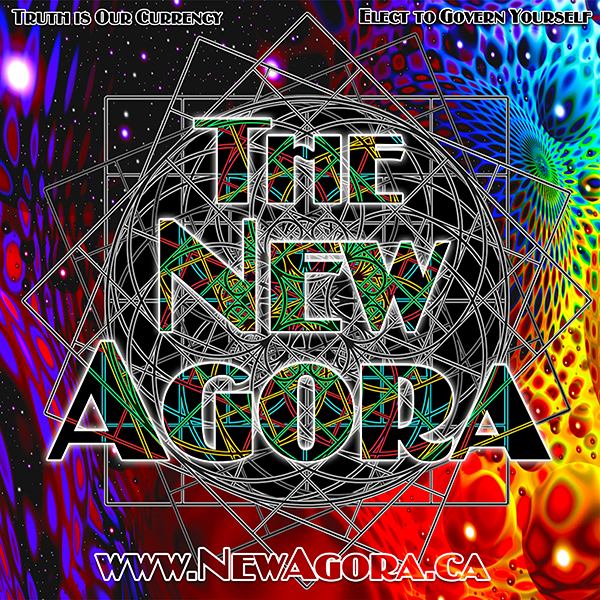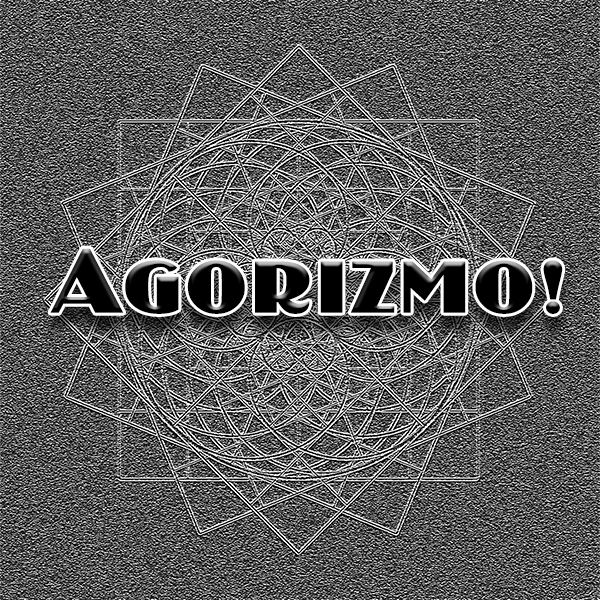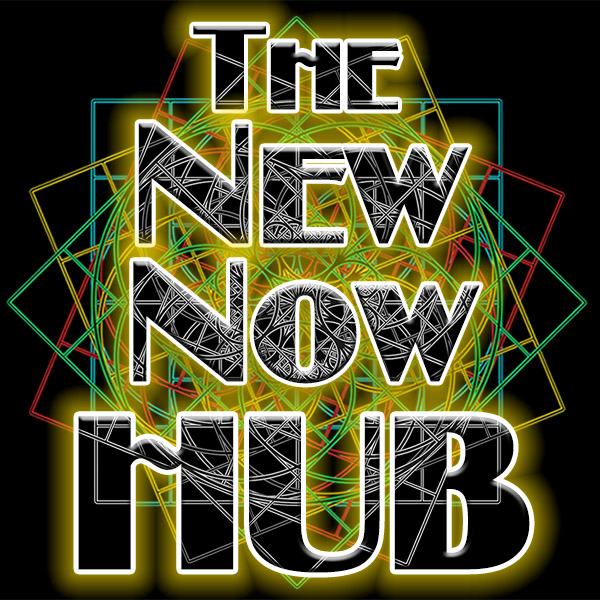Welcome to The Psychedelic Blog. I write about the Impact of Psychedelics on Grieving, Relationships, Culture, and Death. This week, I’m debunking the notion that Psychedelic experiences are merely hallucinations. They’re not. They’re portals to another realm. Let’s dive in.
“Life is infinitely stranger than anything which the mind of man could invent”—Sir Arthur Conan Doyle
You’re hallucinating right now. As you read this sentence, your brain is constructing a model of the world—an immersive experience that feels real. But you can’t see this process, nor can you see the inside of your cranium. Everything you’re experiencing is a hallucination designed to help you make sense of the world.
The ‘world’ you perceive, however, is woefully incomplete. We know this because each time we advance technology, we reveal more of reality. First, we discovered atoms. Then subatomic particles. Countless other realms await discovery. Our eyes evolved to detect only what’s necessary for survival—seeing an electron doesn’t help us evade predators or find food.
Now, enter Psychedelics. Potent medicines like DMT pull back the veil, revealing worlds that even our most advanced technology cannot detect. Skeptics often dismiss these experiences as mere hallucinations, nothing more than the brain’s tricks. But they’re wrong. And I can prove it.

red ring on sky during daytime
Photo by Marco Mons on Unsplash
The Predictive Brain: How Perception Shapes Reality
In The Experience Machine: How Our Minds Predict and Shape Reality, philosopher & cognitive scientist Andy Clark introduces the concept of the brain as a dynamic prediction engine. He argues that our perceptions are not passive receptions of sensory information but are actively constructed through a continuous interplay between incoming sensory data and our brain’s prior expectations (more on this later). This predictive framework suggests that what we experience is not merely a reflection of the external world but a synthesis of what we anticipate and what we perceive.
Clark explores how this predictive processing model doesn’t always get things right. To illustrate the errors the brain can make, Clark examines the rubber hand illusion, a classic experiment demonstrating how sensory inputs and expectations can alter our perception of the body. In this illusion, participants feel as though a fake hand belongs to their body when it is stroked in sync with their real hand.
This example showcases how the brain constructs reality by blending predictions with sensory data. Such insights underline the active, constructive nature of our minds, where external stimuli are continuously filtered, interpreted, and reshaped by internal models.
“There are things known and there are things unknown, and in between are the doors of perception.”— Aldous Huxley
Revealing the Hidden Realm
The brain is constantly hallucinating. This process is what we typically consider “normal” perception. However, when substances like Psychedelics are introduced, we label the resulting experiences as hallucinations. This distinction is deeply flawed.
If these experiences were mere hallucinations, we’d expect them to be as unique as fingerprints—thousands of random, unrelated events with no overlap. But that’s not what is happening. Instead, people report strikingly similar phenomena: Sacred Geometry, Machine Elves, Jokers & Clowns, Serpents & Snakes, Buddha-like figures, Witnessing the Birth of the Universe, Life Reviews, and Vivid Recollections of Long-Suppressed Childhood Memories. These recurring themes defy the randomness we’d associate with hallucinations.
The consistency of these experiences suggests something far more profound. How can so many people, from vastly different backgrounds, encounter the same archetypes & visions? The answer is simple yet revolutionary: these aren’t mere hallucinations. They point to a shared, objective reality that Psychedelics allow us to access—a realm beyond our everyday perception.
DMT: Unveiling a Hidden Reality
Neurobiologist Dr. Andrew Gallimore makes a profound observation about DMT’s impact on the brain:
“With DMT, people say ‘it was all in your head,’ but so is every state of consciousness. On DMT, your brain is constructing a different world model. A different state of reality. DMT can’t just be a wild cortical fabrication. Just perturbing the brain would not result in a hyper-intelligent, multidimensional world—where did it learn to do that? Remember, the brain is just constructing a world model. It is confounding that the brain has the ability to construct these bizarre worlds that have nothing to do with our world; it is a completely disjointed reality.”
The brain didn’t evolve to construct such complex, intricate worlds. Doing so would serve no evolutionary purpose and is therefore impossible within the brain’s natural repertoire. To attribute the consistent, detailed experiences catalyzed by DMT and reported by thousands to mere hallucination is downright preposterous. What we are witnessing is not a fabrication but a world that exists independently, hidden from us by the limitations of our evolutionarily adapted senses. Psychedelics like DMT are portals to this other realm.
Remember what Andy Clark said about the brain: it constructs reality by combining incoming sensory data with prior expectations. But on DMT, there are no prior expectations. The brain has no framework, no template, for the hyper-intelligent, multidimensional worlds reported. This makes it clear: constructing such a complex and alien reality purely from internal processes is simply impossible. DMT doesn’t create—it reveals.
The Evolutionary Mystery of Psychedelics
The idea of Psychedelics as doorways to another dimension gains even more credibility when viewed through the lens of evolution. There is no plausible explanation for why a plant, a fungus, or a toad would have the ability to gift humans profound mystical experiences. This defies conventional understanding of biology & survival.
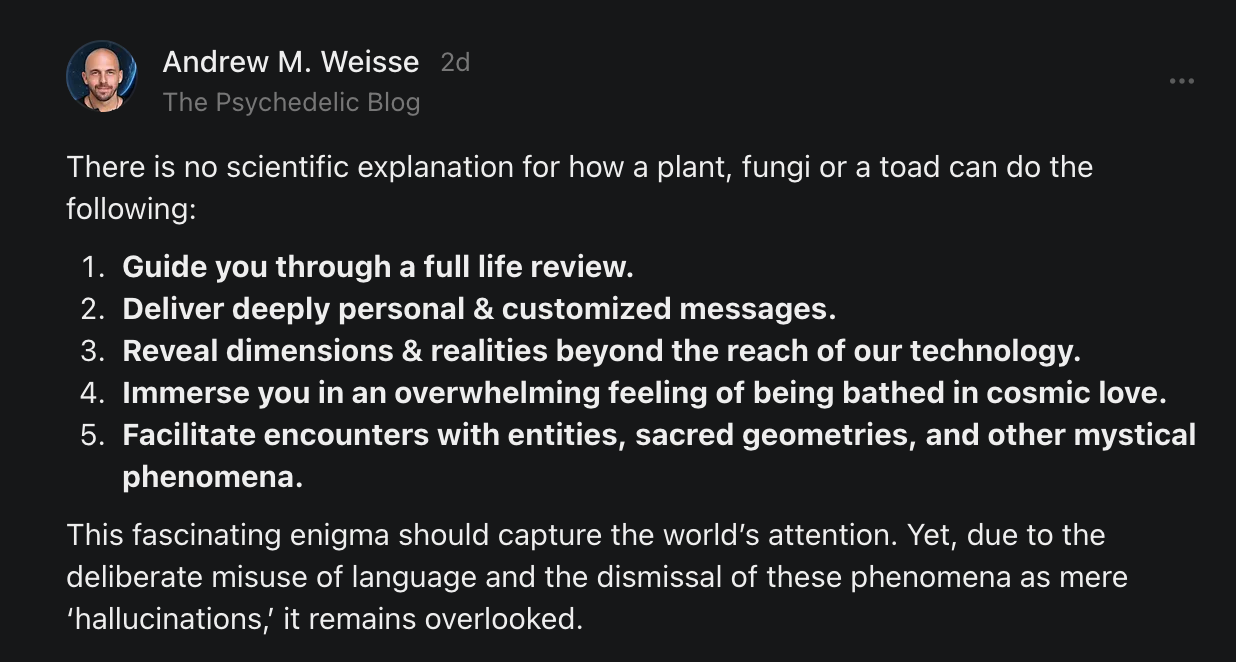
Indigenous cultures, however, have long understood the transformative power of these medicines. They recognized that these substances didn’t merely induce hallucinations; they opened portals to other realms. These cultures used Psychedelics in a variety of contexts: for healing, to connect with ancestors, to seek wisdom from entities, for love & intimacy, at end of life, and for spiritual exploration.
The dismissal of such experiences as mere hallucinations is a hallmark of Western culture. It reflects a deep-seated programming—one that conditions people to reject what cannot be measured or quantified. Many live their entire lives completely unaware of this bias, missing the profound potential of these ancient medicines.
A DMT journey reminds us that reality is far more mysterious than we dare to imagine. Sir Arthur Conan Doyle was right—life is infinitely stranger than anything the mind can invent. But a DMT trip? It transcends even that strangeness, revealing a realm so intricate, so profound, that it defies the limits of imagination. This isn’t a creation of the mind; it’s a hidden world, ever-present, yet veiled by the constraints of our evolutionarily adapted senses. For those bold enough to explore, it’s a glimpse into the extraordinary depths of existence that lie just beyond our perception.
If you found value in this piece, I’d appreciate it if you could hit the ‘Like’ button. The number of ‘likes’ a piece receives plays a crucial role in its visibility within the Substack algorithm. Your support means a lot—thank you!
Finally, the best way to support my work is by sharing it with others who might be interested. Feel free to forward this email and encourage them to subscribe using the button below.
The Psychedelic Blog is a reader-supported publication.
To receive new posts and support my work, consider becoming a free or paid subscriber.
Art by Mario Nevado
New Live Event Coming Soon Too – April 5 and 6 – Forever Free
Controlling the Matrix and Your Super Powers
Email for Details…
full4power@gmail.com Lorenzo and Cambell.
